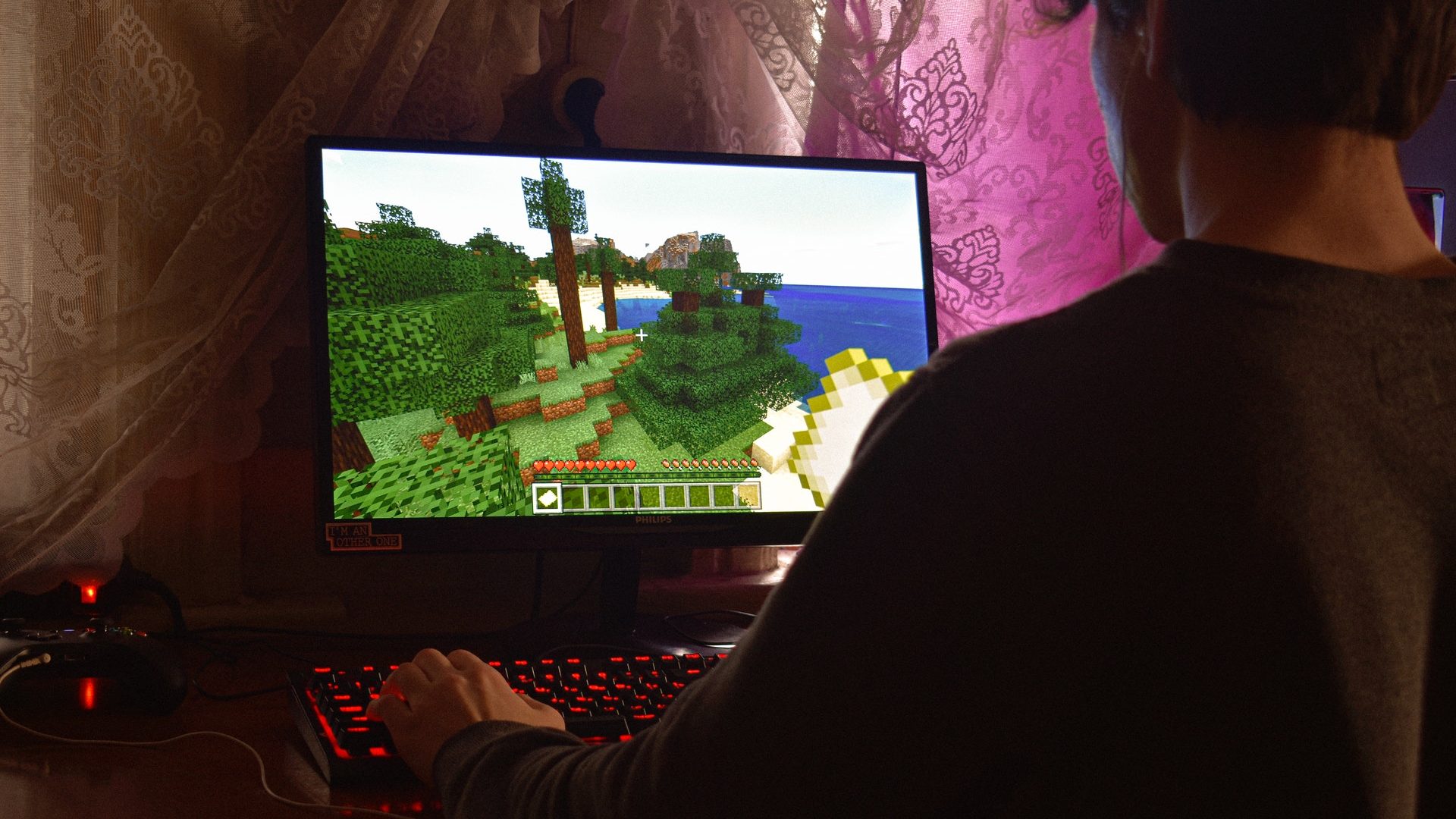Join a new internal network to help support institutional understanding of the role that serious games and gamification can have for our students and staff
“Games have been a source of enjoyment for several centuries and will continue to be so in the future. The have the power to stir a number of positive emotions in humans such as feeling focused, engaged, and accomplished” (Subhash and Cudney, 2018, pp.192)
What is gamification?
Gamification uses elements of games such as rewards and feedback loops to capture interest and build intrinsic motivation to complete a learning task by increasing user activity, social interaction, or improving the quality and productivity of actions. To invoke the same psychological experiences as games within a learning context. It is not always easy to identify the particular elements that are completely specific to games, which leads to a great diversity of approaches in this area. Motivational elements include points, leaderboards, achievements/badges, levels, story/theme, missions/quests and challenge (Hamari et al., 2014)
According to reviewed studies, gamification does produce positive effects and benefits, such as engagement, attitude, performance and enjoyment although these are mediated by the context, design and learner. However, there are risks such as undermining collaboration by setting individual or group goals through competition. Subhash and Cudney provide a useful summary of the literature including examples of different methods (2018)
What are serious games?
Serous games can be seen as a subset of gamification, where specific games are designed for educational outcomes, rather than just invoking elements of games within a curriculum design. Serious games can be physical or virtual, and are designed to go beyond just entertainment.
Why a network?
Interest in this area has been growing and perhaps now more than ever it is time to explore and put some of these design elements into practice at LJMU. A network will provide you with a chance to meet with likeminded colleagues, identify opportunities for collaboration and share ideas. It is not important to attend all meetings. There is a cross over with the idea of narrative-based and simulation-based learning. The application of games and gamification extends beyond education however, this network would focus on its design and use within higher education rather than commercial and other areas.
Current LJMU technology that can be used in this way
There are a number of technologies that LJMU already use that can be uses elements of games that you might be interested in.
Canvas mastery paths – This streams students into different activities depending on their outcomes from various activities and is close to the idea of personalised learning
Vevox leaderboard – this provides feedback to students on their position within the class after a quiz
Peerwise – this is an online space where students can create, share, review and complete MCQs with a leader board to increase participation and engagement.
How to join
Click here to join. This will enrol you on a Microsoft team where we can contact you.
References
Hamari, J., Koivisto, J. and Sarsa, H. (2014), “Does gamification work? - A literature review of empirical studies on gamification”, Proceedings of the Annual Hawaii International Conference on System Sciences, IEEE Computer Society, pp. 3025–3034.
Subhash, S. and Cudney, E.A. (2018), “Gamified learning in higher education: A systematic review of the literature”, Computers in Human Behavior, Elsevier Ltd, Vol. 87, pp. 192–206.

